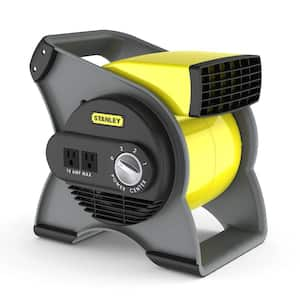My point is that if the OP chooses to configure his engine for this always-on mode of operation he can do so.
That would be correct, however I would hazard to guess that the (vast?) majority of those using some kind of engine heat have no idea on how to do successfully do this to prevent condensation, other than through old wives tales they heard from someone else.
As one person noted, opening the oil filler cap is one way of venting warm moist air out of the engine.
Hmmm... not sure how this by itself would ensure that there is not metal within the case that is below the dew point of the case environment.
As another noted, using a thermal blanket is another.
I like that better, assuming is is appropriately designed and applied ... who can verify that?
To say that it will ALWAYS condense out on the cam lobes, or in the rocker covers is to show ignorance of the conditions under which the organism exists.
I'm not sure that was the point, but there are plenty who think that it will NEVER condense, or have no understanding on how or why it might occur.
To the fellow who pointed out that the prop is a huge heat sink, I offer the following analogy. Go out in a snowstorm naked and you are likely to have frostbite in a short period of time. Go out triple-wrapped with heavy boots and thermal socks and you will be comfy warm. To take the analogy a step further, provide a little auxiliary heat to that human thermal chamber by shoveling said snow or pushing a snowblower around and you will in fact create an environment where very little of that thermal blanket will be necessary in a short period of time.
OK, I'll bite. Now modify that analogy to change "eliminating frostbite" to "eliminating condensation" on any surface inside that triple wrapped container.
I'll politely challenge that its easier to succeed with the first than the second, particularly if one notes that the oil and case (and that naked body) start out as damp, and both generate water vapor as they heat up.
Yeah, most of my current work is in electronics. That doesn't mean that I left the real world of the last 60 years behind me when I took that profession.
Ah, so you are in the EE club too?

By the way, I just ordered a dehydrator with an automatic recycle feature to supplement my thermal blanket, prop blanket, and sparingly applied heater after replacing a Lycoming cam that only had 550 hours.
Apparently, I couldn't successfully keep condensation off the cam, either.





